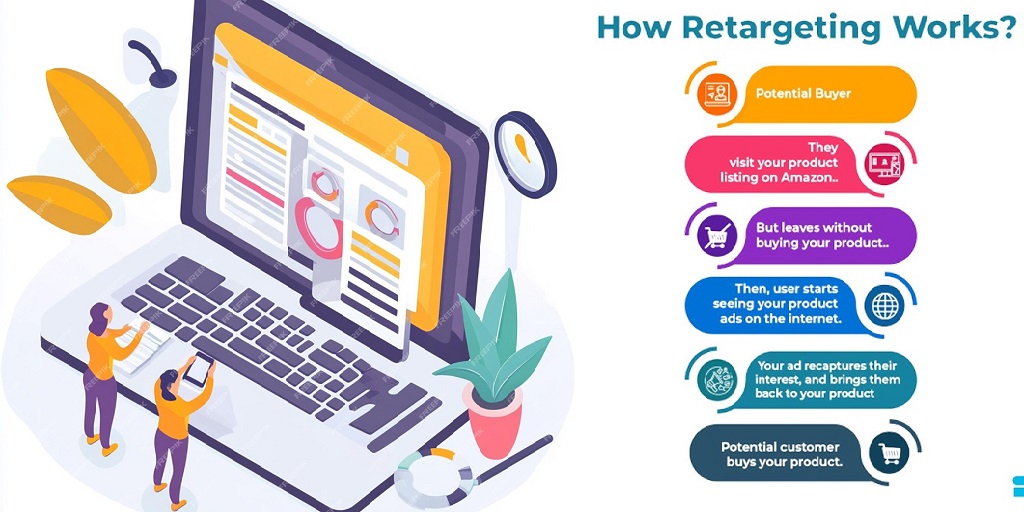In the construction and industrial sectors, piping systems are fundamental to projects ranging from commercial buildings to oil and gas facilities. Estimating the costs for these systems accurately is crucial for project success, ensuring budgets are met, timelines are adhered to, and resources are optimally used.
This article explains piping estimating services in detail, including the tools, techniques, and industry best practices that set top contractors apart in 2025.
What Are Piping Estimating Services?
Piping estimating services involve the comprehensive assessment and calculation of costs related to the materials, labor, equipment, and indirect expenses required for piping installations. These services help contractors create precise budgets, bid competitively, and plan effectively.
Essential Tools Used in Piping Estimating
Accurate estimating depends heavily on the right tools. Modern estimators rely on a blend of software and manual methods:
1. CAD Software (AutoCAD, Revit)
- Used to review and analyze project blueprints and Piping & Instrumentation Diagrams (P&IDs)
- Allows estimators to measure pipe lengths, fittings, and components precisely
2. Estimating Software
- Tools like ProEst, PlanSwift, or Trimble Estimation automate quantity take-offs and cost calculations
- Enable integration of labor rates, material costs, and overheads
- Support quick revisions and scenario analysis
3. Spreadsheets
- Customized Excel models often complement software tools for detailed breakdowns
- Useful for adjusting contingency allowances and profit margins
Key Estimating Techniques
1. Quantity Take-Off (QTO)
- The process of measuring lengths, diameters, and counts of pipes, fittings, valves, and supports from drawings
- Accurate QTO is foundational for reliable cost estimates
2. Unit Cost Estimation
- Applying predefined unit rates for materials and labor per unit of measurement (e.g., cost per foot of pipe, per valve)
- Requires up-to-date cost databases reflecting market prices
3. Labor Productivity Analysis
- Estimating labor hours based on crew size, skill level, welding techniques, and project complexity
- Productivity factors vary with site conditions and project scope
4. Contingency and Risk Analysis
- Adding allowances for unforeseen conditions such as design changes, site access issues, or material price fluctuations
- Helps prevent budget overruns
Industry Best Practices for Piping Estimation
1. Thorough Project Review
- Carefully analyze all project documents, specifications, and site conditions
- Engage with engineers and project managers to clarify scope
2. Use of Historical Data
- Reference past project estimates and actual costs to refine accuracy
- Maintain a database of lessons learned for continual improvement
3. Regular Cost Updates
- Update material prices and labor rates frequently to reflect market changes
- Avoid surprises caused by outdated data
4. Clear Documentation
- Provide itemized, transparent estimates that are easy to review
- Include assumptions, exclusions, and basis of estimate
5. Collaboration
- Work closely with procurement, construction, and design teams
- Foster communication to adjust estimates proactively as project details evolve
Why Professional Piping Estimating Services Matter
- Reduce risks of costly errors and rework
- Enhance bid competitiveness through precise pricing
- Improve cash flow management with accurate budget forecasts
- Speed up decision-making with detailed reports and analyses
Conclusion
Piping estimating services combine the power of specialized tools, proven techniques, and industry best practices to deliver accurate, reliable cost projections. For contractors and project managers, mastering these elements or partnering with expert estimators is essential to ensure projects stay on time, within budget, and meet quality standards.
If you want to learn more about specific estimating tools or how to implement these best practices in your projects, just ask!



